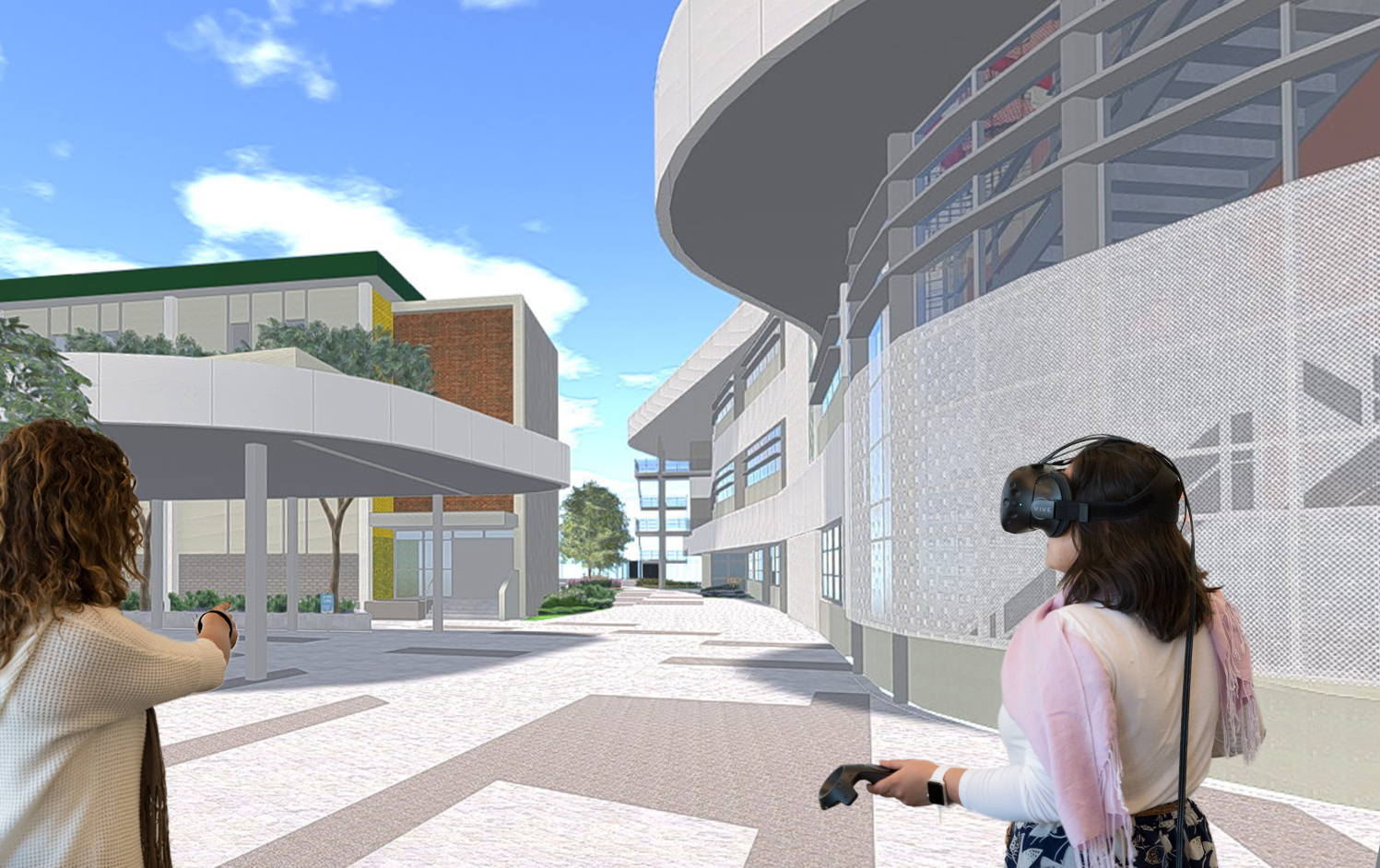

The future is here, and it looks a lot better with goggles on. VR technology is nothing new, in fact it has been around since the mid-80’s. If you want a history click the link below. https://www.fi.edu/virtual-reality/history-of-virtual-reality#:~:text=The%20use%20of%20the%20term,technologists%20were%20developing%20simulated%20environments.
What I saw in the 90’s is nothing compared to what we are using today. Virtual Reality is being utilized in such a way now that the visions of my younger self only dreamt of as a possibility. With the accessibility of VR increasing for that of consumers and the drop in cost. It doesn’t seem so far fetched for a dystopian future of that of Ready Player One. But outside of the gaming and entertainment industries, there are many other realms of possibilities for VR.
- Military
- Healthcare
- Education
- Design
This is just a short list but each one encompasses a lot of potential uses. The US military uses VR in all branches for use in combat training and in flight simulators. Also in the realm of military and breaching into healthcare is the use of VRET (Virtual Reality Exposure Therapy) . Which is being used for the treatment of PTSD in Veterans returning from combat. In Healthcare VR can be used in ways similar to that of combat training in the way one would prepare for surgical situations and learning how to perform different procedures. Which not only would save money but could also save lives.
Educational aspects are that imagine a class in high school social studies learning about Ancient Rome or Pompeii. “Okay class, everyone don your goggles and were going to visit the Colosseum and then we’ll go to Pompeii.” Being a visual learner I would love that class.

What I find most interesting and see as a compelling future use for VR in in the way of design. As you see in about every aspect of life and in our desire to be part of social media, seems to be marketability for advertising within the digital space. AR (Augmented Reality) although slightly different can produce similar results. Where VR- removes the user from the physical environment thru a headset. AR- allows the user to become part of the experiential environment. This is usual thru a mobile device and QR codes, that allows you to find “easter eggs” throughout the world you are traversing. So say like Pokemon GO for example. These items in your environment that you would find has computer generated information embedded within it.
Companies like Scope AR, which is a global leader in developing augmented reality solutions and products for industrial clients focused around field maintenance, manufacturing, and training. This company makes not only goggles but also develops the software that is needed for this function. So a company can have an environment built that has all the specs to a specific piece of machinery. And all the information needed to make repairs or run diagnostics on that machinery. Simply place the Scope goggles on and you can make repairs on that equipment with real time instruction and guidance
I see so many possibilities within graphic design that I could being used. Like in the process of environmental design. I’m sure programs like Sketch up are used in ways to be able to show the client how the existing environment would turn out after a design campaign is brought to completion. But making it possible to walk thru a space in VR both before and after a design implement has to be a nice option.

Where the initial audience and usage may have been within the gaming community the increased availability, size and cost reduction of computers has opened a new realm of possibilities for VR . Perhaps a Virtual or Augmented Reality Renaissance is apon us.

